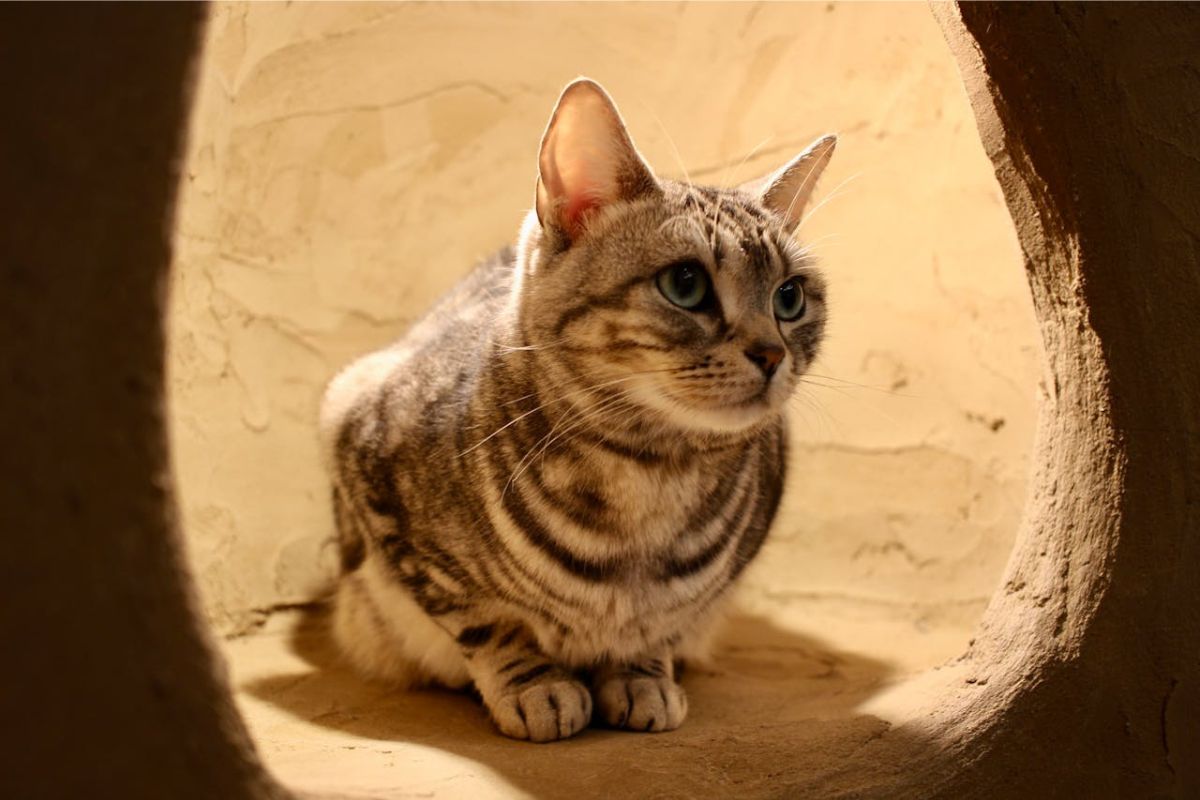The question of whether cats can see ghosts or not is one that stirs curiosity, skepticism, and fascination in equal measures. It’s a topic that spans the realms of folklore, animal behavior science, and the supernatural, intriguing pet owners and paranormal enthusiasts alike. This comprehensive exploration seeks to unravel the layers behind the myth, investigate scientific perspectives, and understand the behavior of cats that often leads to this mystical speculation.
The Mythological and Cultural Foundations
Historically, cats, especially black ones, have been enshrouded in an aura of mystery, often associated with witchcraft, bad luck, and, intriguingly, the supernatural. In various cultures, cats are revered as mystical creatures with the ability to traverse the boundary between the physical and spiritual worlds. Such beliefs have cemented the idea that cats possess a unique sensory perception enabling them to detect unseen entities, including ghosts.
Observing Feline Behavior: A Primer to the Mystery
The discussion about cats’ ability to perceive ghosts often stems from the observation of their behavior, which can sometimes appear peculiar or inexplicable. Cats have been noted to:
- Stare intently at seemingly empty spaces.
- Follow invisible objects with their eyes.
- Hiss or growl at an unseen presence.
- Suddenly dart around as if chasing after something invisible.
These behaviors can be both amusing and bewildering to cat owners, fueling the speculation that cats might be interacting with or seeing entities that are beyond human perception.
Scientific Perspectives on Feline Perception
To understand the claim that cats can see ghosts, it’s essential to delve into what is scientifically known about cat senses.
Enhanced Sensory Capabilities
Cats possess highly developed sensory systems, which are far superior to humans in certain aspects:
- Vision: Cats have a wider field of view and can see in much lower light conditions, thanks to their high number of rod cells and a reflective layer behind their retinas called the tapetum lucidum.
- Hearing: Their hearing is also more acute, allowing them to detect a broader range of frequencies, including those well beyond human capability.
- Smell and Whisker Sensitivity: With an advanced sense of smell and highly sensitive whiskers, cats can detect minute changes in their environment.
These enhanced senses contribute to their ability to notice things that humans cannot, sometimes leading to the misinterpretation that they are seeing ghosts.
Understanding Cat Behavior Through Science
Much of what is interpreted as “ghostly communication” can be explained through normal cat behavior. For instance, cats’ sudden darting movements may be directed toward tiny insects or changes in light that aren’t readily apparent to humans. Similarly, their intense staring could be a focus on dust particles floating in the air, imperceptible sounds, or subtle vibrations.
Behaviorists also point out that cats have a strong hunting instinct. They practice hunting behaviors with or without a visible target, which might explain some of the mysterious actions observed by cat owners.
Psychological Explanations
Another angle to consider is the human tendency to anthropomorphize pet behavior, attributing human-like motivations and interpretations to animals’ actions. In the case of staring or reacting to empty spaces, humans may be more inclined to attribute these actions to paranormal activity due to longstanding cultural associations and personal beliefs about the supernatural.
Spiritual and Paranormal Viewpoints
Despite the scientific explanations, some people prefer to interpret cats’ behaviors through a spiritual or paranormal lens. They argue that science does not yet fully understand all aspects of reality, leaving room for the possibility of cats perceiving entities beyond our current scientific comprehension. This viewpoint often emphasizes personal experiences and anecdotal evidence as a basis for belief in cats’ ability to see ghosts.
Conclusion
The question of whether cats can see ghosts balances on the thin line between myth and reality, intertwining cultural beliefs with scientific explanations. While there is no concrete evidence to support the idea that cats perceive ghosts as we understand them, their superior sensory capabilities can lead to behaviors that are easily interpreted through a supernatural lens. Ultimately, whether one leans towards a scientific or paranormal explanation, the mystery surrounding feline behavior only deepens our fascination with these enigmatic creatures. While the allure of the supernatural is compelling, it’s important to ground our understanding of these behaviors in the known capabilities of cats and the complexity of their perceptions of the world around them.

